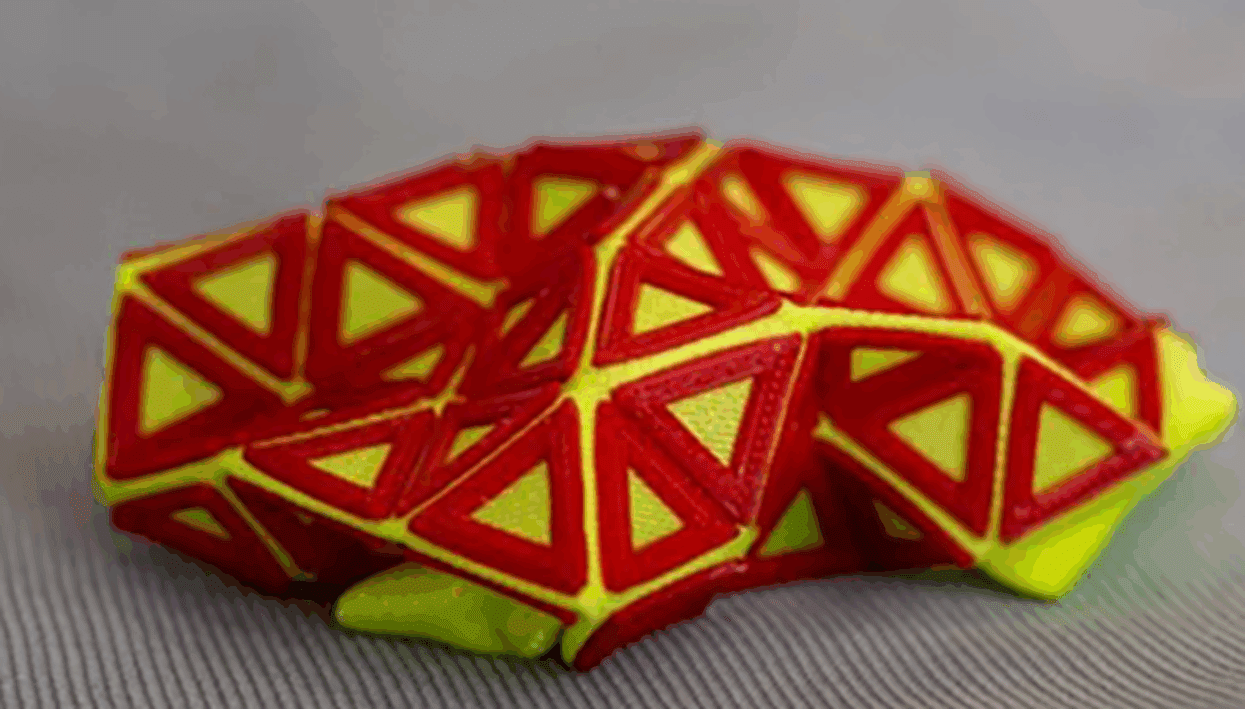Textile Printing
How to use 4D printing to create smart textile products
Author
FESPA Staff
Published Date
21/10/2022
Become a FESPA Member
to Continue Reading
